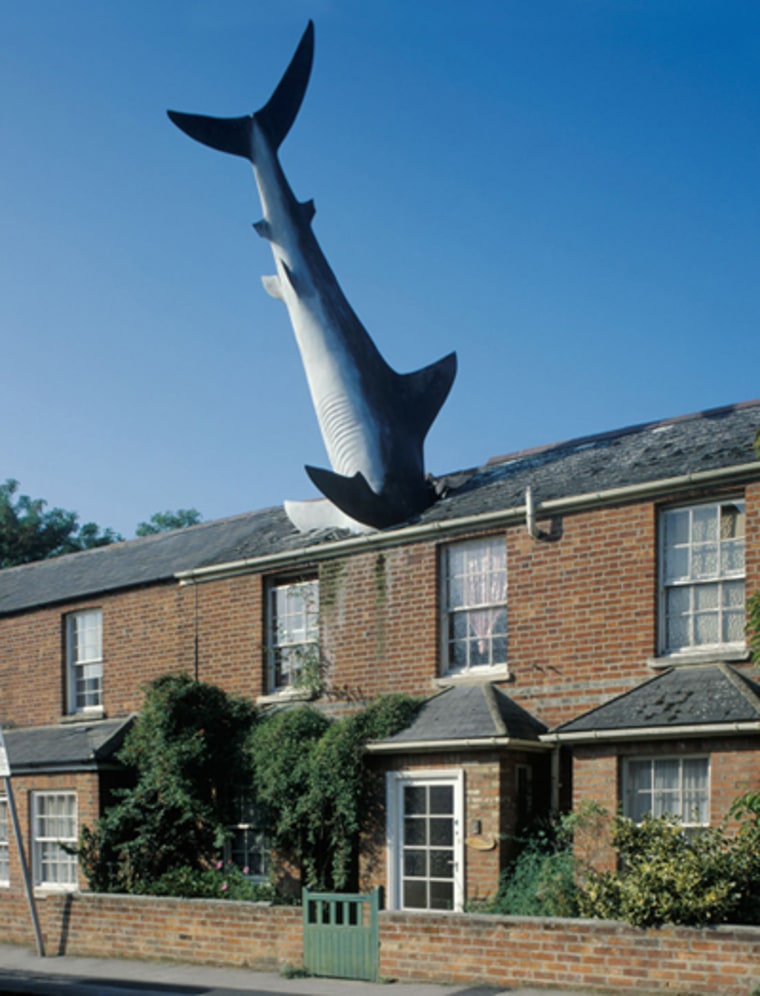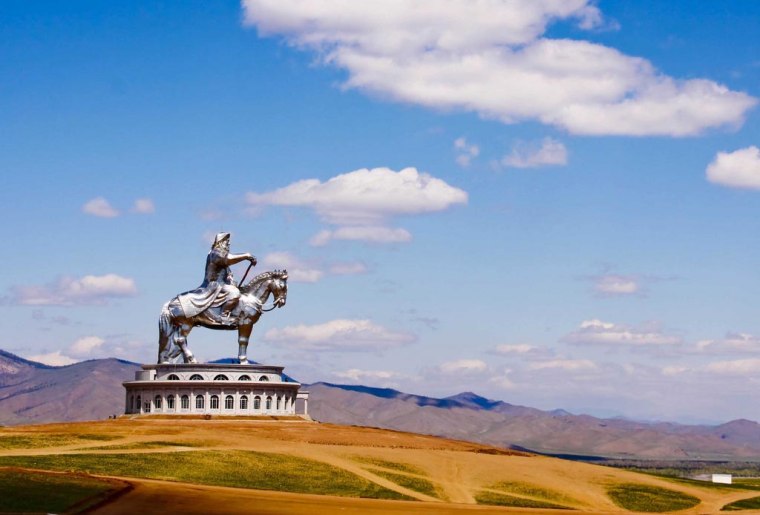A sculpture of a dead horse strung upside down, with Saint Wenceslas mounted on its belly: that’s the odd sight that greets visitors to Prague’s Lucerna Palace. In a city revered for its Gothic beauty, this supine equine—with its tongue lolling out of its mouth and its tail hanging lifelessly—catches most people off-guard. Yet its subject and placement are hardly random: in 1999, artist David Cerny created it as a spoof of the right-side-up Wenceslas horse sculpture nearby.
Typically, of course, monuments are built to commemorate a significant event or celebrate an extraordinary life. But not all of them are heroic paeans to military victories; plenty, like Cerny’s dead horse, tend toward the bizarre.
Some are created to shock and disturb, while others are meant to make a statement, tell a story, or just entertain. Still others have unknown origins. Either way, these strange creations are often worth seeking out, as they can help visitors get to know a place through its quirky traditions and local oddities.
Quirky tradition, in fact, is the entire reason that a number of travelers visit the Duke of Wellington statue in Scotland. The monument itself is so typical as to be unremarkable: a poised aristocrat rides atop a regal steed. But for the last 20 years it has been a magnet for pranksters, who scale the statue most nights to top the nobleman’s head with traffic cones. Though it started as a weekend prank for locals wandering home after a few drinks, the coning of the Duke soon escalated into a year-round game.
But strange monuments can reflect a more serious side of history as well. Statues like Cerny’s horse in previously Communist countries are often meant to demonstrate the sense of humor that survived in spite of an oppressive regime. Others reconfigure Soviet-era relics to serve as a reminder of the painful past, like the collection of cast-off Communist statues in Budapest’s Memento Park.

Not surprisingly, visitors here find an unending parade of grandiose monuments saluting the red regime. But one of the park’s more unique pieces is a colossal pair of boots standing alone on an even larger pedestal—a replica of what remained after a mob toppled a 27-foot-tall Stalin statue in 1956.
For some unconventional statues, sheer size is what sets it apart. And size was clearly the point of the 131-foot-tall, 250-ton Genghis Khan statue unveiled in 2008 in the remote Mongolian steppe. The stainless steel giant—an epic symbol of the rapidly growing Mongolian nationalist movement—is visible from miles away.
Charge your camera batteries before visiting these monuments: You might need photographic evidence to prove that they’re not just a figment of your jet-lagged mind.
